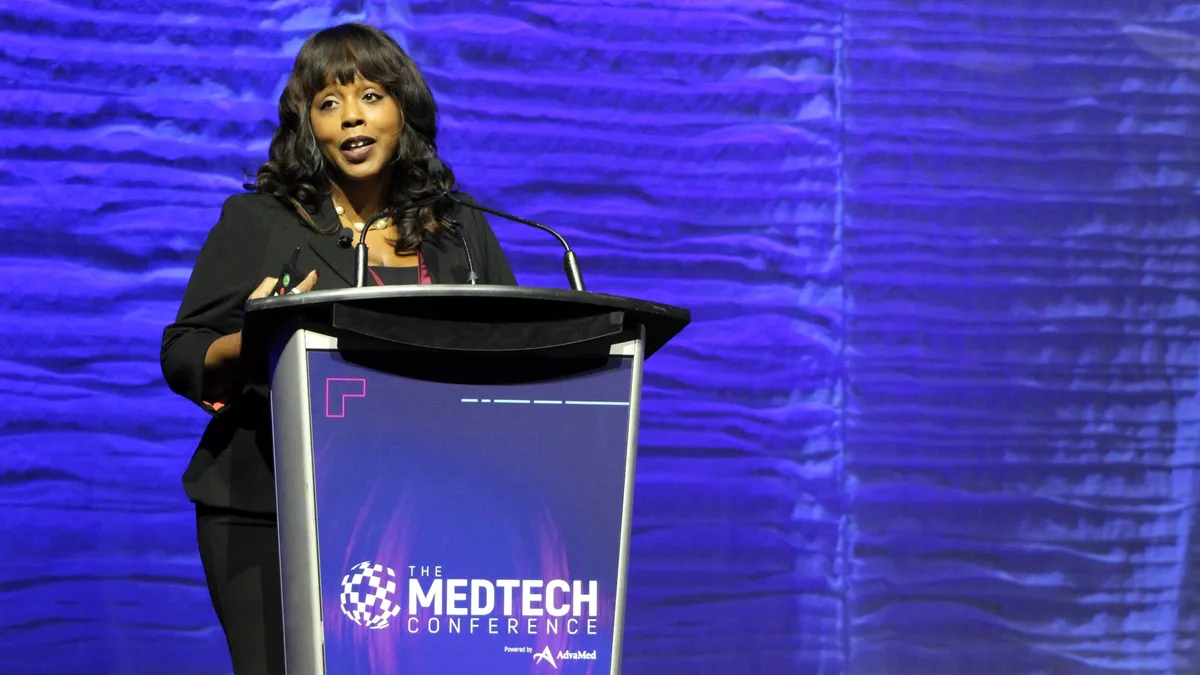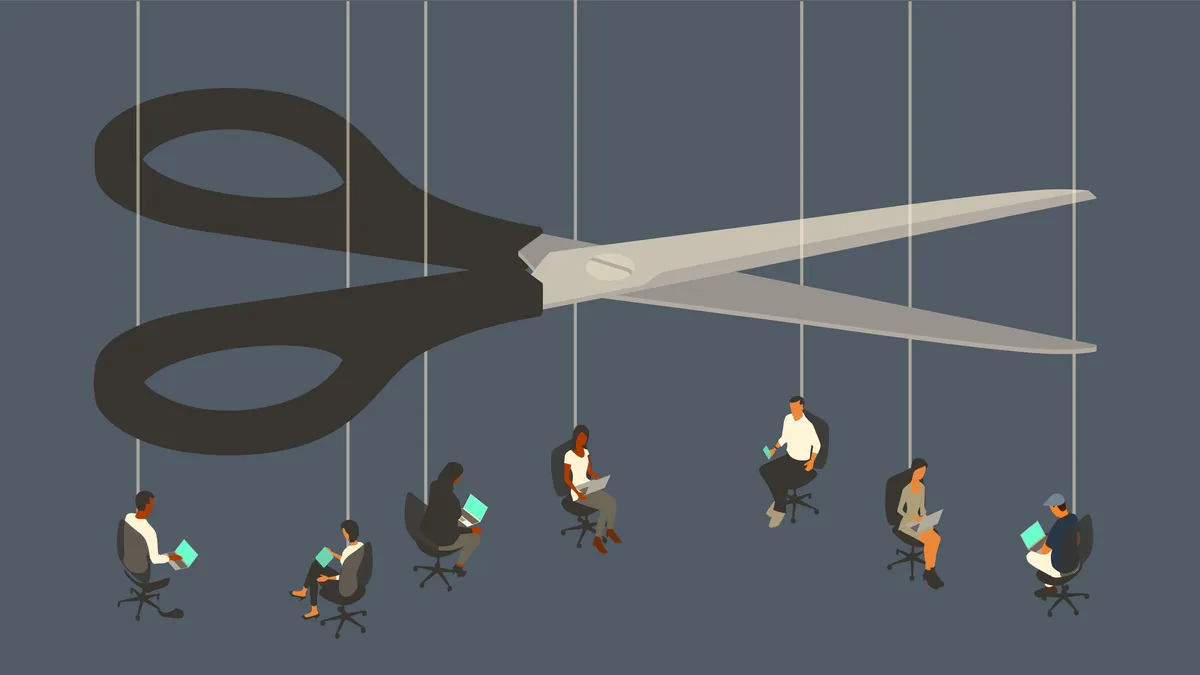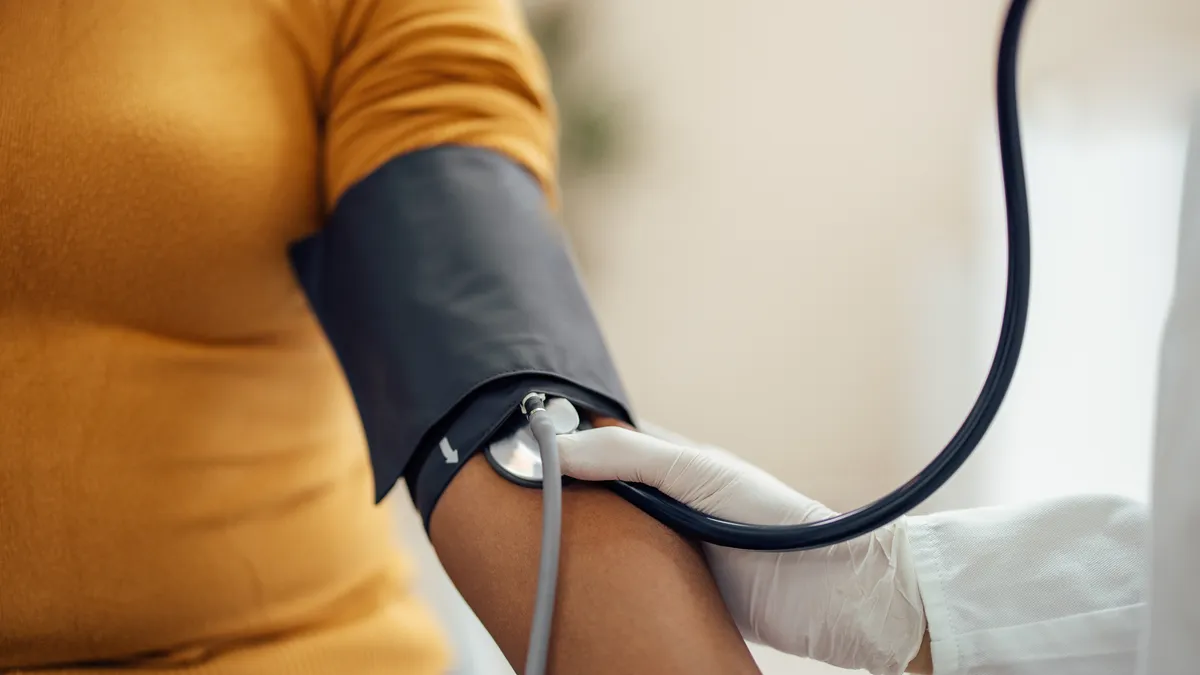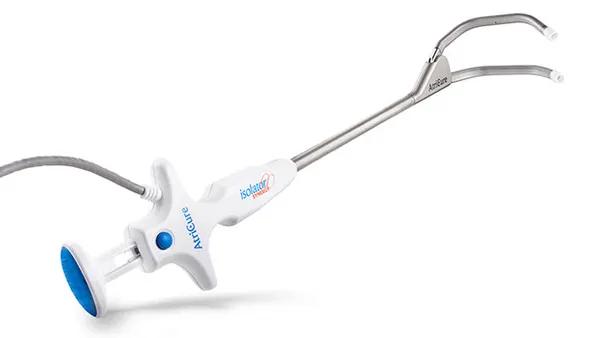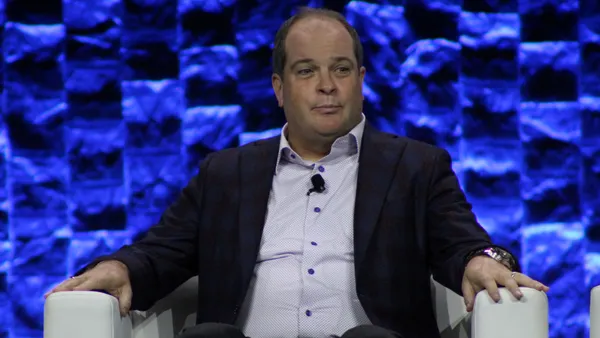Dive Brief:
- Michelle Tarver, the Food and Drug Administration’s recently appointed medical device director, warned Thursday that the U.S. risks falling behind other countries in its ability to protect patients by ensuring product supply.
- Tarver used her first big statement since becoming director of the FDA’s Center for Devices and Radiological Health to contrast a new European rule with the U.S.’s lack of mandatory reporting requirements for potential medical device shortages.
- The warning about the limited reporting requirements imposed by the U.S. follows the FDA’s call for new statutory authority on device shortages and for full funding of its supply chain program.
Dive Insight:
Tarver became acting director of the CDRH when longtime leader Jeff Shuren stepped down in July. Tarver took the position on a permanent basis in October, and in the following months issued statements about a pilot to enhance the medical device recall program and an initiative to support the use of devices in the home environment.
This week’s statement about supply chain vulnerabilities in the U.S. presents a higher-level vision for how device regulation could change under Tarver. The CDRH director said the European Union now has access to “vital information about medical device shortages that could impact their population” through a regulation that took effect earlier this month. Yet, the U.S. is largely reliant on voluntary shortage reports.
“Failing to ensure the U.S. government and healthcare providers in the U.S. have the same information as our European counterparts poses harm to providers, patients, caregivers and consumers in the U.S.,” Tarver said.
The FDA knows from experience that the existing reliance on voluntary notifications is ineffective, Tarver said, because in recent months the agency has mostly heard about shortages from healthcare providers and clinical professional societies. By then, users at the point-of-care are typically already being affected by a supply disruption, leaving the FDA unable to act proactively to avert device shortages.
“In many of these circumstances, neonatal and pediatric devices have been the most impacted,” Tarver added.
The CDRH director highlighted several recent examples of supply issues that affected children, including a tracheostomy tube shortage that meant patients “were unable to get the appropriate care in a timely fashion” and a duodenoscope disruption that forced infants to undergo procedures “that carry a higher morbidity and mortality rate.”
Tarver’s statement is aimed at the new Congress that convened at the start of January and will shape the powers and funding the FDA receives during the first two years of Donald Trump’s second presidency. The FDA has asked for new statutory authority to require device shortage reports outside of public health emergencies and for full funding of its medtech supply chain program.
The FDA clarified this month that it may receive voluntary notifications about supply disruptions at any time. Officials made the clarification in final guidance on device shortage reporting rules, which require mandatory notifications about devices that are critical in public health emergencies.

